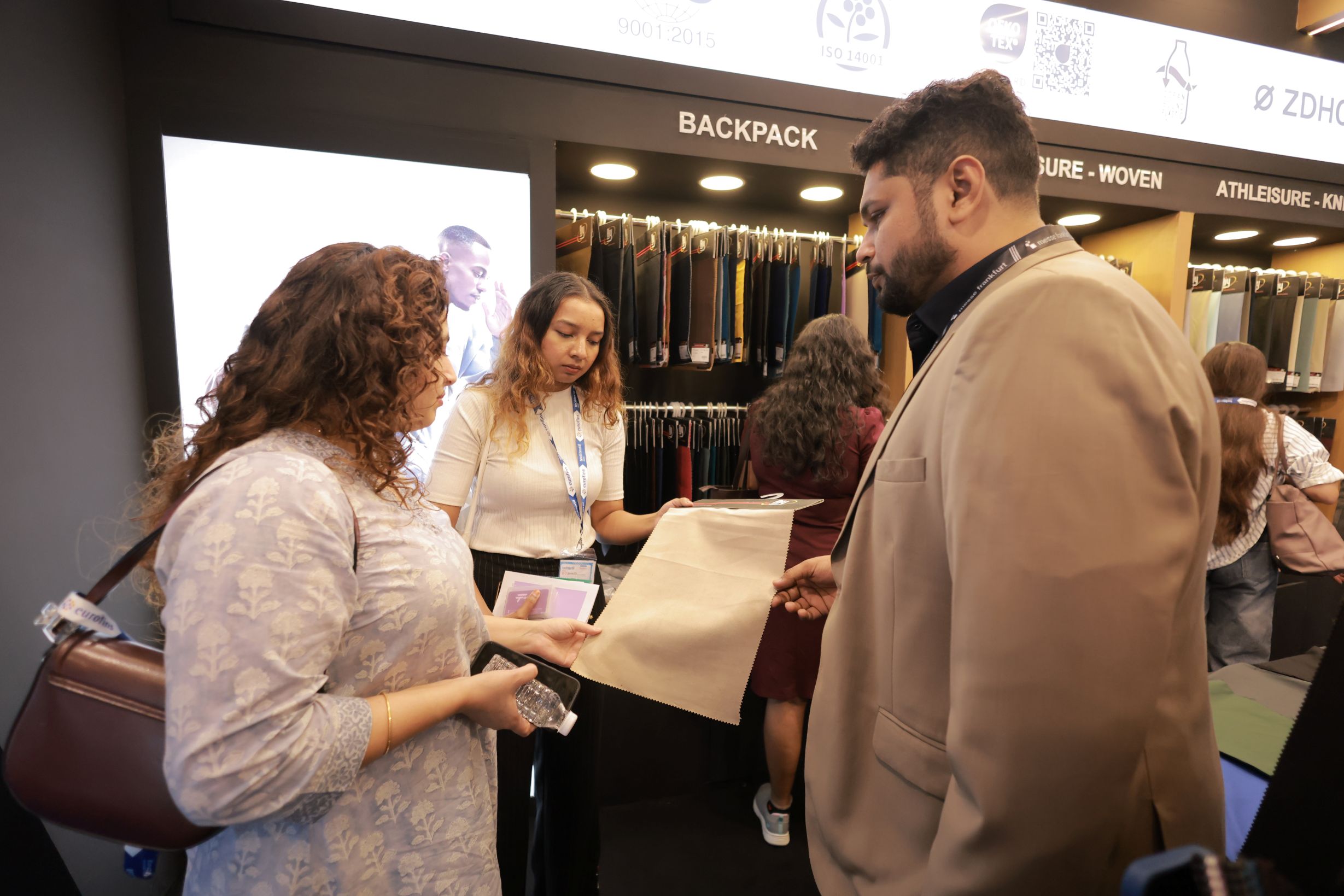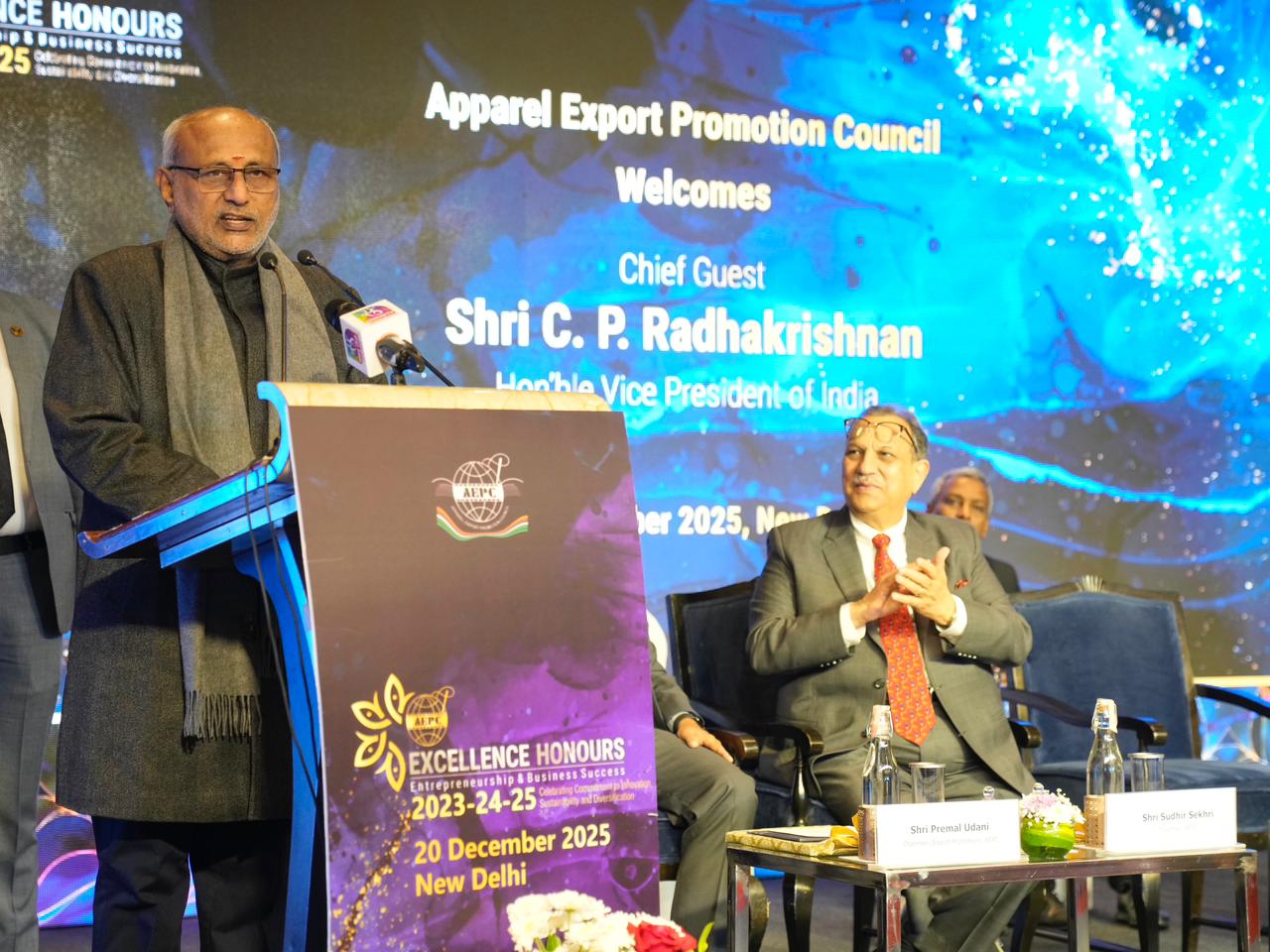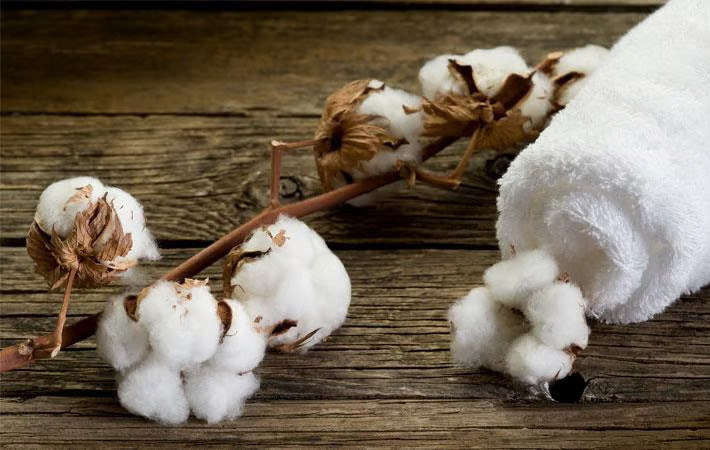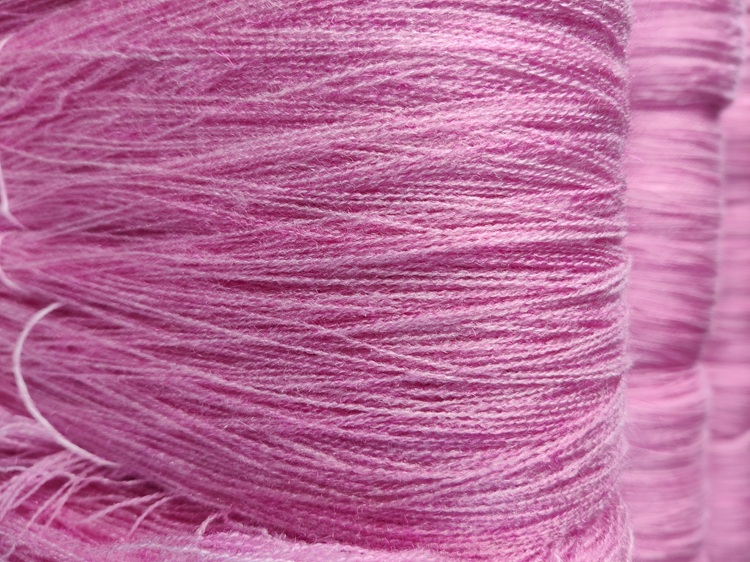FW
The Oeko-Tex label on children’s clothing is a guarantee of safety. The label certifies garment will not harm the child or cause injuries or rashes or health problems. It gives an assurance the article has been manufactured under fair working conditions and in an environmentally friendly manner.
‘Made in Green’ by Oeko-Tex offers consumers a degree of transparency. Each label has a unique product code. With this, parents can trace back the production of the respective product with their smart phone directly in the store. A brief scan of the code throws light on the production facility and the country in which the garment was produced. This creates trust and offers customers an additional opportunity to educate themselves about textile products and compare them to one another to make the best decision.
With this label, retail companies, retailers and manufacturers have the opportunity to communicate directly to conscious parents that they are committed to high product safety as well as ecological and social production conditions. The Made In Green label was introduced in 2015.
The Swiss undergarment brand Calida was one of the first companies to start labeling individual products for men and women with this label. To date, 10,000 manufacturers, brands, and retailers in almost 100 countries are working with Oeko-Tex to ensure their products are tested for potentially harmful substances.
Morocco is the seventh biggest exporter of apparel to the EU. Trousers and denim account for the largest export share followed by shirts and dresses. The country has developed a supply chain strategy by which it has separated its capabilities into six focus areas or ecosystems: fast fashion, denim, knit, pre/sports/leisure, Moroccan brands, and leather and shoes. Suppliers in these ecosystems can work together to boost both their own offerings and those of the country.
Each ecosystem also has growth plans and targets. The denim ecosystem expects to create 14,800 new jobs by 2020 as Morocco’s advancements in denim supply grow. Ecosystems are led by leading companies acting as locomotives for their branches and suppliers. The locomotives not only upgrade their own production systems, but also assist small companies within their ecosystem to structure and build up industrial progression and modernity.
The country has played a major role in providing fast fashion for brands like Zara H&M and Burberry. The Moroccan apparel industry and its fast fashion model bring added value to retailers in terms of profitability, attractiveness and brand building. It is well positioned to offer solutions for CM, FOB production, creativity.
Textile machinery manufacturer Lakshmi Machine Works, supplies comprehensive range of spinning systems accompanied by various value-added services. These services are meant mainly to familiarise customers with the systems and help them attain optimum performance output.
Despite the volatile situation in the industry, the company made strong inroads into compact yarn segment in 2016-17 thanks to the stable performance of Lakshmi compact system and acceptance of the performance by top end spinners. Also during 2016-17 it increased market share of cards and successfully launched the new product Card LC636 and Lakshmi Winders.
Lakshmi executed many projects in 2016-17 with project sizes varying from 25,000 to 1,00,000 spindles. The machines supplied to these projects produce a variety of yarns like combed, carded, compact, SIRO and special yarns and have high standards of automation, energy saving features and readiness to meet industry 4.0 standards.
The manufacturer has fared well in global markets in spite of shrinking market size in 2016 and is expected to do better in 2017 considering improvements in market conditions and the launch of new products. LMW has put in place stock and sale business model for spares management which helped in meeting the requirements of customers effectively.
Indorama Ventures registered year-on-year revenue growth of 11 per cent in the second quarter of 2017. Core net profit was up 31 per cent year-on-year. Core ebitda grew nine per cent. Cash flow from operating activities grew by 87 per cent year-on-year.
This, despite planned turnarounds that led to a four per cent fall in production. The company has made prudent investments in higher margin businesses and in key regions and integrated into key feed stocks in balanced markets. The last 12 months saw steady to strong integrated industry margins compared to the declining trend in the previous five years.
The company is on track to complete its US Gas Cracker project and expects refurbishment to be complete by the end of 2017. Indorama Ventures is a chemical producer. The company is well-positioned for another year of solid growth. Innovative products, the positive tailwinds in volume and margin and the impact from operational excellence actions taken during the year are expected to continue contributing to earnings growth. It is confident that the continued business transformation efforts it has made, combined with scale and best-in-class assets in its portfolio, will support its journey of profitable growth, while providing shareholders the opportunity to participate in the unparalleled value creation potential of the company.
Apparel forms 74 per cent of total textile and apparel imports by the US, this is followed by cotton textiles, manmade textiles, carpets and others with a share of 11 per cent, nine per cent, three per cent and three per cent respectively.
Over the last five years, US’ total textile and apparel imports increased at a CAGR of 0.4 per cent while its exports decreased at a CAGR of two per cent. China is the largest supplier of textiles and apparel accounting for a 44 per cent share. Vietnam is second place. India is the third largest supplier of textile and apparel products to the US. India’s textile and apparel exports to the US have grown at a CAGR of 1.1 per cent over the last five years and its share has increased from 4.9 per cent in 2011 to 7.3 per cent in 2016.
Apparel has a 51 per cent share in India’s textile and apparel exports to the US. This is followed by cotton textiles, carpets and manmade textiles having a share of 32 per cent and 11 per cent and four per cent respectively.
New data compiled by fashion search engine Lyst and the Business of Fashion reveals the official global rankings for the highest performing fashion brands and individual products in the second financial quarter, with Alessandro Michele's Gucci topping both lists. Tracking 4.5 million data points per hour from over 65 million annual consumers, 4 million products and 12,000 brands, the formula allowed fashion houses to be analysed through search data, engagement statistics, conversion rates and sales.
Rising three places since the Q1 results in April, Gucci has overtaken Kanye West's brand Yeezy and streetwear stalwart Vetements to move from 3rd in the list to 1st. Gucci also snapped up 4 spots in the top 10 best-selling products category, with the brand's GG Bloom slides topping the list.
A significant factor in this success was Gucci's ability to connect with millennial and Gen-Z consumers, with sales to millennial and Gen-Z consumers reportedly growing at double-digits in the first half of the 2017 fiscal year. Following Gucci on the list was Yeezy, which was praised for its 'clever pricing and distribution strategy' that allowed it to maintain buzz. Next was Balenciaga, followed by Vetements and then Givenchy.
Foreign direct investment in Myanmar’s garment industry has been significant. As of mid-2015, about 55 per cent of registered garment firms in the country were fully or partly foreign-owned. Among them, a quarter came from China, 17 per cent from Hong Kong, 29 per cent from South Korea and 12 per cent from Japan. Foreign-linked firms supply almost all garment exports and these have surged in recent years. The lifting of EU and American sanctions has helped further boost export growth.
However, these foreign-linked garment firms have produced few benefits, linkages or spillovers in Myanmar beyond export and job creation. These firms have few local managers, reflecting the country’s shortage of high-level skills. The country’s garment sector lacks entrepreneurial, management and technical skills. The short-to-medium term measure is labor circulation – the movement of foreign and domestic skilled employees from international businesses to existing and new local ones. Entrepreneur support policies should also be made available to foreigners as well as the Myanmar diasporas.
In the long term, the country should develop tertiary educational institutes dedicated to the garment industry to increase supply of managers and technicians in the sector. Other possible reforms are: making access to trade credit possible for garment exports and providing tariff-free fabric imports to both free-on-board and cut-make-package producers.
Modern slavery risks have risen in nearly three quarters of the 28 member states of the European Union over the last year. The migrant crisis has increased the risk of slavery incidents appearing in company supply chains across Europe. Greece is host to significant number of migrants and remains a key destination for human trafficking. It is no longer just the traditional sourcing hotspots in emerging economies that businesses should pay attention to when risk assessing their suppliers and the commodities they source.
Turkish textile factories have been associated with high profile incidents of child labor and slavery. Asian manufacturing hubs, Bangladesh, China, Indonesia, Malaysia, Myanmar, the Philippines and Thailand, all feature in the extreme or high risk categories. China, the top exporter of garments, is categorised ‘extreme risk’ in the index and is ranked 21st worst in the world. It has registered a slight increase in risk, driven by inadequate enforcement and reports of severe forms of modern slavery.
Bangladesh and China have recorded incidents of forced labor, servitude, trafficking, prison labor and generational debt bondage. Trying to eradicate slavery in garment exporting countries is a big challenge, given the prevalence of exploitation, but there are signs of improvement.
China’s textile industry has turned to water conservation measures. There is a cap on water use and tough new controls on polluting industries. The textile dyeing and finishing industry is taking action in key areas, including adoption of upgraded technologies and a requirement for advanced water efficiency and wastewater reuse.
Progressive, innovative textile mills are embracing regulatory changes – using it as a means to separate their business from less reputable operators. As a first step, they are halving water and energy use by adopting dye innovations and process improvements. Promising innovations and developments are helping mills make dramatic savings without requiring investment in new plant or equipment. They are using eco-friendly dyes which compared to commodity dyes help mills reduce water consumption by up to 50 per cent.
Other simple changes like fixing leaks, installing sensors and water meters, and collecting the monsoon rains, can also pay big dividends. Stricter regulatory enforcement and growing consumer concerns mean that pollution will no longer pay in China and factories that are unable or unwilling to invest to meet the stringent new standards will no longer be viable. Environmental issues are now global, and few brands can afford to compromise their standards in the face of calls for greater supply chain transparency.
In the first half of 2017 Cambodia’s garment exports grew four per cent compared to last year’s nine per cent. One reason for dip was stiff competition from Myanmar and Vietnam. Another reason was a rise in minimum wages for textile and allied sectors. This resulted in higher production costs, thereby cutting into manufacturers’ margins.
Some other factors are affecting Cambodia’s trade balance. For one, it has lost its preferential trade access to EU countries owing to an upgrade of its economy by the World Bank. The Bank accorded Cambodia lower middle income country status. The non-availability of preferential rates will last for next three years. Also FDI inflow into the garment sector took a sharp 30 per cent dip in initial quarter of this year. This compares unfavorably with a five per cent dip that took place in 2016.
Despite the slowdown, the garment industry has proved to be a robust force in expanding Cambodian economy. The dent in Cambodia’s poverty rate in recent years has been largely due to the contribution from the textile and footwear industries. These industries together engender revenue to the tune of $6 billion annually and employ nearly 6,00,000 people, many of whom are from an impoverished rural background.












